At Five Star Senior Living, we are serious about food! In fact, Dining and Nutrition is one of the three pillars that comprise the Five Star Difference. Our residents often list the delicious food as one of their favorite parts of life at their Five Star community. So, what better place to go next in our Behind the Scenes series than into the kitchen?
Being a Five Star Chef Is More Than Just Cooking Great Food
Our Dining Services team is filled with renowned chefs and stellar dining staff. But did you know that at Five Star, menu planning is its own discipline? We asked Janece DiFranco, Regional Director of Food & Dining Services in the Southeast, what makes menu planning so important at Five Star, and here’s what she said.
“Five Star Chefs put an enormous amount of time into planning menus each season to ensure each dish offered is inspired by the flavorful traditions, regional preferences, and the personal culture of our residents throughout the country.”
We Plan Menus That Reflect the Culture of Each Unique Community
Just as we do with activity planning, housekeeping, and more, our menu planning goes far beyond utilitarian necessity and truly considers the culture of each unique community and its residents. Chefs are in regular contact with residents, getting new ideas and learning what the popular ingredients and dishes are.
For example, in the Southeast, it seems that cauliflower is the current “it” food! The most popular dishes there now are: Lemon Herb Cauliflower and Bean Dip, Creamy Cauliflower Soup with Capers, and Sweet Sesame Cauliflower. What’s all the rage with cauliflower?
“Perhaps it’s conversations with their family members who are leading low-carb lifestyles, cooking shows, or articles they come across in newspapers or the web that intrigues them to try interesting recipes made with cauliflower,” Janece muses. It’s true that health and nutrition are big considerations for most Five Star residents.
Health and Nutrition Are Top Considerations in Menu Planning
Our chefs not only are great at making delicious meals that keep residents happy — they’re also keeping up with nutritional needs and special diets. Nearly 60% of Five Star residents have at least one special dietary need. “The importance for menu planning is to ensure adequacy in balanced diets for our residents who need assistance in this area,” Janece tells us.
At Five Star Senior Living we understand how food can nourish more than just the body, which is why we put so much thought and effort into not just our dining program as a whole, but into every meal and every menu item. To learn more about what our senior living communities have to offer (or have on the menu) find a senior living community near you.
Contact Us Today
"*" indicates required fields


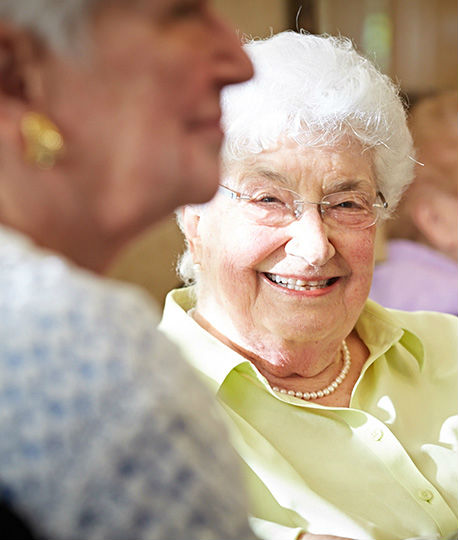
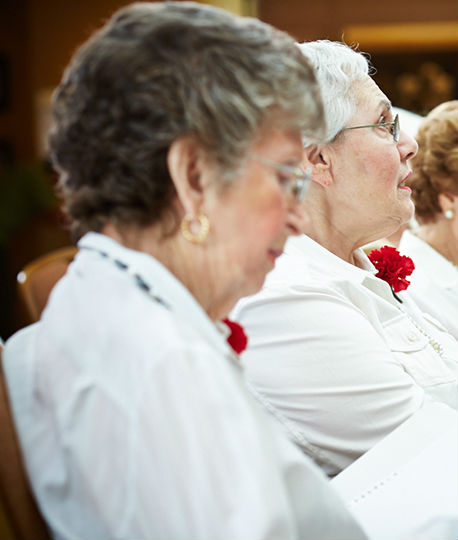

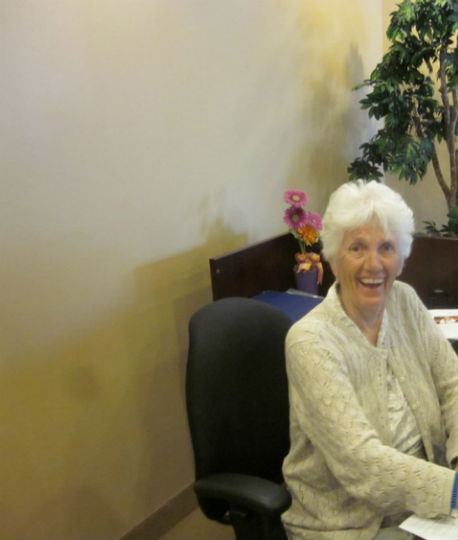

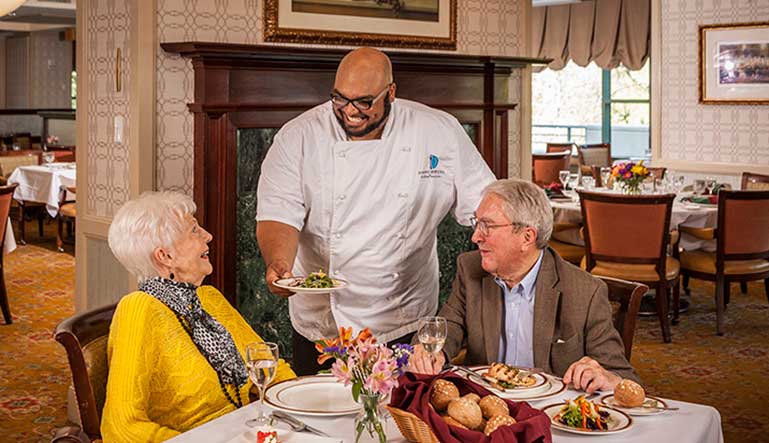
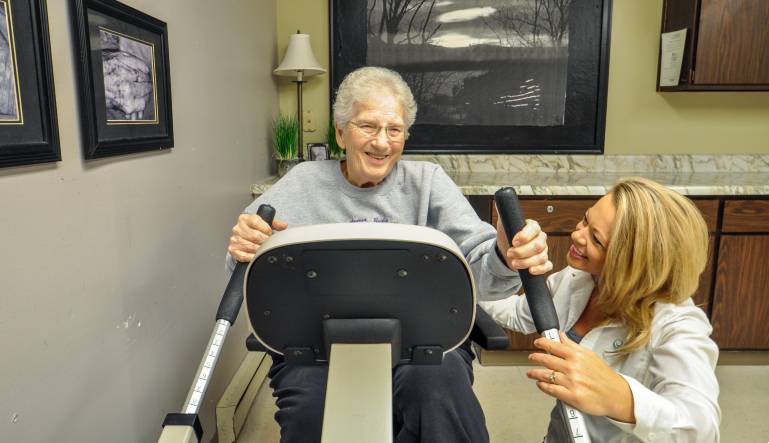
 Four Ways to be Active
Four Ways to be Active